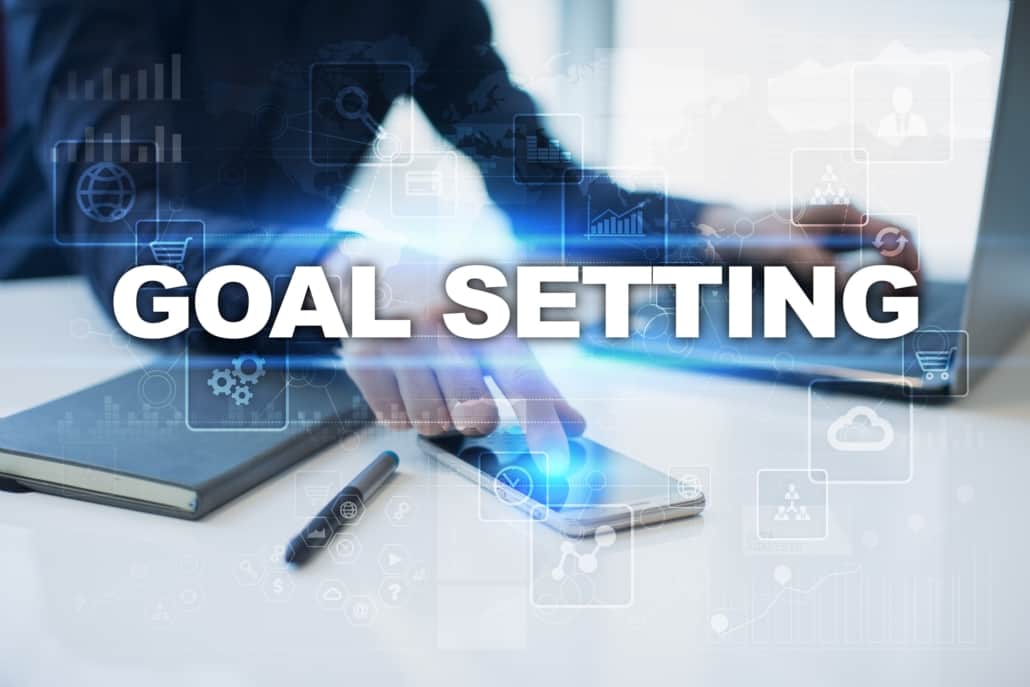How athletes and coaches can get the most out of goal setting
Goal setting is enormously valuable for athletes, coaches and teams but there are several important factors to be aware of.

Why goal setting is so valuable
Goal setting is enormously valuable for athletes, coaches, and teams but there are several important factors to be aware of, a leading US-based strength and conditioning coach says.
Ty Gregg, the Director of Strength and Conditioning at St. George’s independent School in Memphis, Tennessee, says coaches and athletes must work together to get the most out of goal setting.
“[Goals] give you something to strive for. If [you don’t set goals], then what is your purpose?” Gregg said in his Science for Sport presentation titled ‘Goal Setting’.
“Goal setting is the systematic framework of progressing towards something. They help by pinpointing a target to shoot for. And goals should not just be individual – they should be for teams and organisations.
“Coaches should provide times to sit down and discuss goals with their athletes, and the goals should be individual-based and team-based.”
The ideal goal setting formula
Gregg says his research shows specific, difficult goals led to better performance than easy or vague goals, and short-term goals led to the achievement of long-term goals.
He added feedback regarding progress is necessary for goal setting to work, and results could be seen within approximately six weeks.
MORE: 3 STRATEGIC PRINCIPLES ATHLETES NEED TO ACHIEVE THEIR GOALS
But how should coaches and athletes set goals?
Gregg says the ‘SUCCESS’ formula was an ideal way to set goals.
The SUCCESS formula of goal setting
Subjective – the best goals are personal. They reflect what we really want and need, not what others want from us.
Urgent – better goals inspire immediate action. It’s something that should be wanted ‘now’.
Committed – choose goals that you feel strongly enough about to persist with until you achieve them.
Concrete – goals that are concrete and specific are more likely to be realised than goals that are vague.
Evaluate – regularly reviewing progress towards our goals is an evidence-based method for improving our results.
Shared – writing down and publicising goals increases a sense of accountability for achieving them.
Support – goals for which we can obtain support from others or pursue in cooperation with others give us an edge.
The three different types of goals
Gregg says it is important to be aware of the three main types of goals – the performance goal, the process goal and the outcome goal.
“Performance goals usually focus on achieving standards or performance objectives independent of other competitors. For example, running a mile in six minutes,” he said.
“Process goals focus on the actions an individual must engage in to perform well. For example, a basketball player focusing on releasing the ball at the peak of their jump. These are usually performed at practise, not in competition.
“Outcome goals focus on the end result of an event. They depend not only on your play but that of the competitor. For example, winning a tennis match.
“In the short-term, [athletes and coaches should focus on] process and performance goals; in the long-term [the focus can be] outcome goals.”
Finally, Gregg says if goal setting isn’t working, it could be down to one of several factors.
“Failure of goal setting could be having to convince individuals to set goals, failing to set specific goals, setting too many goals too soon, failing to adjust goals, failing to recognise individual differences or not providing any follow-up or evaluation,” Gregg said.
“Always prepare and make a plan. And goals should be evaluated and modified if the need arises.”
[optin-monster slug=”nhpxak0baeqvjdeila6a”]




